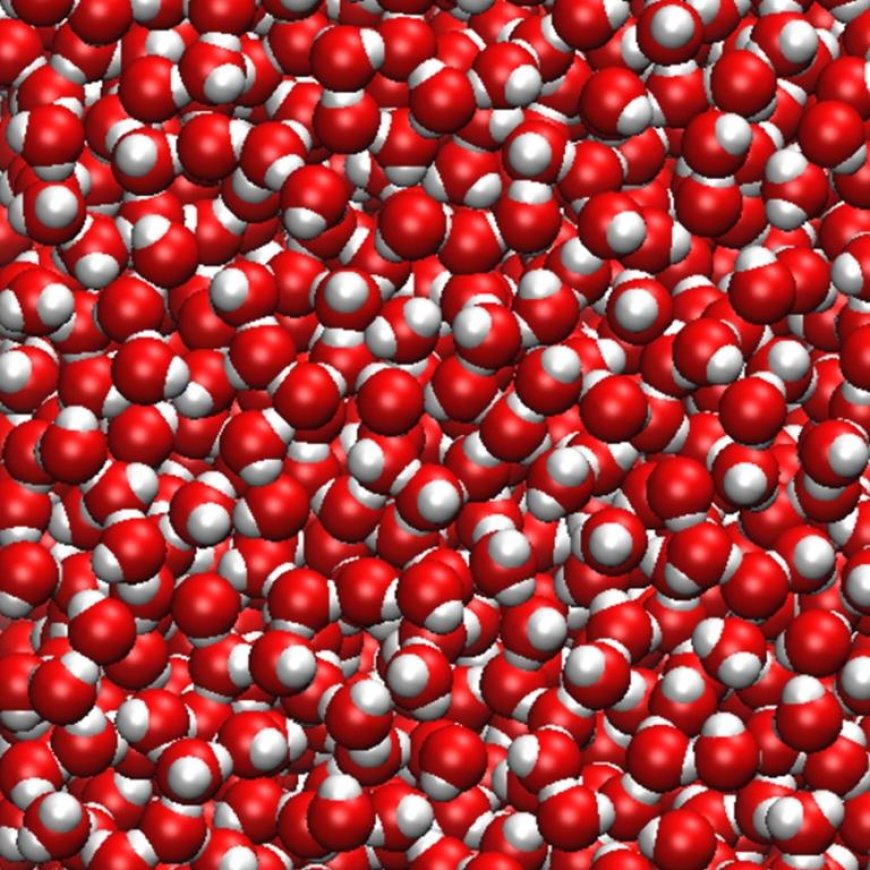Study Shows Standard Water Simulation Method Leads to Errors
A recent study by computational scientists at the Oak Ridge National Laboratory reveals that using the standard 2 femtosecond time step in water simulations can result in inaccuracies. The research highlights the importance of using shorter time steps for more accurate results in simulations of liquid water.

More than a year ago, computational scientists at the Department of Energy's Oak Ridge National Laboratory raised a question about the accuracy of using a standard 2 femtosecond time step in molecular dynamics simulations involving water. The team has now published a new study that shows how using these time steps can affect simulations of liquid water, revealing potential errors that are greater than anticipated.
Water is a crucial component in biomolecular simulations, and inaccuracies in simulating it can lead to errors in research results. The team found that using time steps greater than 0.5 femtoseconds can introduce errors in dynamics and thermodynamics when simulating water using a rigid-body description.
The team used the Frontier supercomputer to simulate liquid water samples at different time steps and explored various system sizes, temperatures, and pressures. Their study emphasized the importance of accurately representing the underlying thermodynamics and dynamics in simulations for predictive science.
Understanding protein folding is essential for biology research, and the team's findings suggest the need for careful consideration in simulating liquid water for protein folding and assembly processes. The study highlights the importance of getting the basics right before moving on to larger simulations of biological molecules and cellular systems.
ORNL's Frontier supercomputer is a key tool in conducting these simulations, and the research contributes to addressing pressing challenges in science.
According to the source: Mirage News.
What's Your Reaction?
 Like
0
Like
0
 Dislike
0
Dislike
0
 Love
0
Love
0
 Funny
0
Funny
0
 Angry
0
Angry
0
 Sad
0
Sad
0
 Wow
0
Wow
0














































































































































































